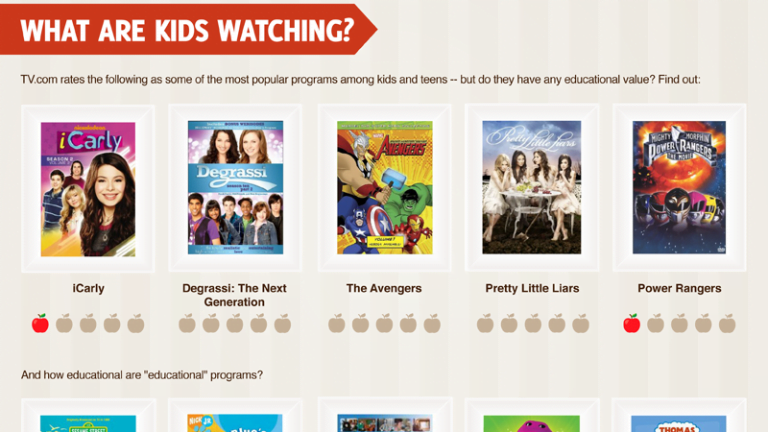It is no secret that 21st century children are watching massive amounts of television.
Depending on what the particular child is watching on TV, there can be positive and negative effects of television exposure in regards to child development.
Similar to the discussion of whether or not video games are good or bad for the brain, the best way to help us answer the questions is to take a look at statistics related to television use by children.
Thankfully, an infographic (posted below) was recently published by OnlineCollegeCourses.com that provides us with some useful information in regards to how much TV is okay for children and which particular programs are most beneficial.
See also: Internet Today Compared to the Internet of the 1990s
Effects of TV on Child Development Infographic – Highlights:
-
Amount of Television Exposure Recommended by the American Academy of Pediatrics’:
- 0-2 Years of Age: No television – interactive play is recommended.
- Older children: 1-2 hours per day of non-violent, educational programming.
- The average American household has a TV on for over 10 hours a day within the household.
- The average American child between the ages of 0-8 watches 1500 hours of TV a year but goes to school for only 900 hours.
- 90% of children between the ages of 0-2 watch 1-2 hours of TV or video per day.
- Although there are a variety of educational shows available on TV, the majority of children watch shows that are not educational.
- Watching TV around bedtime can cause poor sleeping habits.




